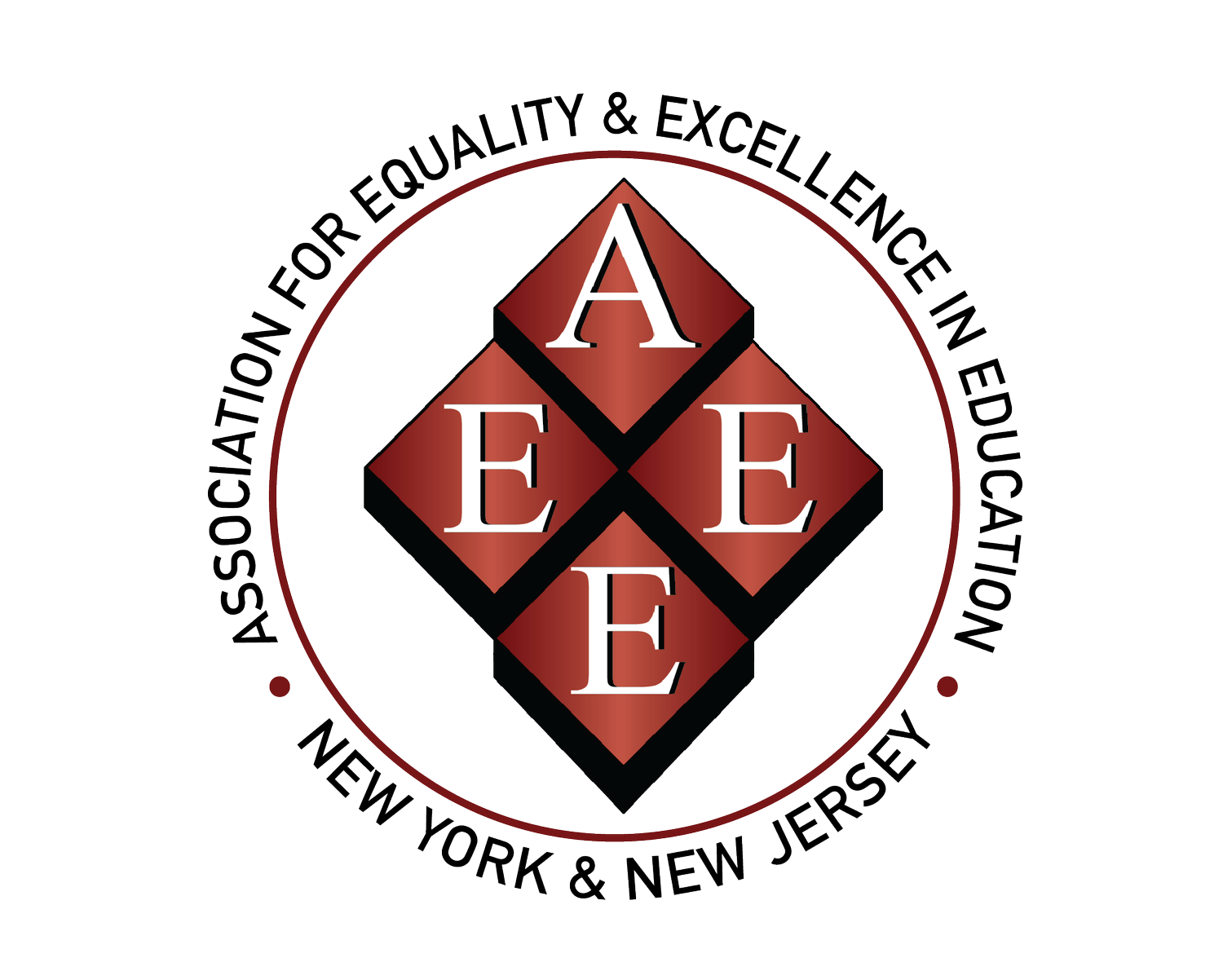OUR HISTORY
The 1950’s and 1960’s witnessed an unprecedented rise in fervor among disenfranchised Americans as they demanded respect for their constitutional rights. The Civil Rights movement forced America to take a cold, hard look at the gap between its ideals and reality. The pressure exerted by disenfranchised Americans in seeking redress for their grievances provoked a significant response from the highest levels of government. Some of the most potent civil rights legislation in the history of the United States was enacted. A college degree had long been recognized as a vehicle for upward economic and social mobility in American society. Legislation was enacted to targeted and address the deficiencies unearthed by the civil rights movement, specific programs were designed to facilitate entry of low – income youth into post-secondary education and to provide support services once there to insure retention. Collectively, these programs eventually would become known as TRIO.
The original TRIO programs were Upward Bound, which originated in the Office of Economic Opportunity in 1965 (of the 17 original Pilot Programs, three were in New York at Columbia University – New York City, LeMoyne College – Syracuse, NY and New York University – New York City); Talent Search, authorized under the Higher Education Act of 1965; and Special Services for Disadvantaged Students (later know as Student Support Services) was authorized in the Educational Amendments of 1968. To these programs were then added, Educational Opportunity Centers and Veterans Upward Bound authorized in the Educational Amendments of 1972; the Training Program for Federal TRIO Programs in 1976; the Ronald E. McNair Post-Baccalaureate Program in 1986; Upward Bound Math/Science in 1990; and the TRIO Dissemination Partnership in 1998. In the Higher Education Amendments of 1992 the official name of the programs is changed from “Special Programs for Students from Disadvantaged Backgrounds” to “Federal TRIO Programs.”
It was then around 1969 when program directors began to meet to discuss programmatic concerns, exchanged ideas about effective management strategies and activities for students between programs, there was a call for a national body to represent the growing TRIO concerns. In 1969, the National Coordinating Council of Educational Opportunity Associations (NCCEOA) was formed. By 1970, in both New York and New Jersey, separately, Project Directors were meeting on a regular but informal basis. Representatives of the two states had not yet met as a group, but some interaction occurred at the conferences sponsored by the Office of Education each year.
In 1971, TRIO personnel became aware that a radical change in structure was about to occur on the federal level. Rather than working directly with a national office, programs were going to be grouped together by region and work through a regional office. TRIO had gained a great deal of clout at the national level, and once the structure was moved into the regions, a difference in terms of influencing policy. Busloads of very vocal parents would travel to Washington for national meetings. These kinds of activities were done with programs across the board and the Washington office, under the Nixon administration, was sort of glad to get rid of us. Up until this point, although Project Directors were active, they worked in relative isolation form other directors. They had some interaction with other directors within the state, but generally regarding programmatic concerns rather than policy issues. This changed dramatically when news of the impending change of structure, or “Regionalization,” prompted a meeting of Project Directors in the Northeast at Columbia University in New York City in 1971.
Advisory Boards
At this meeting, the then Trio Directors decided in anticipation of regionalization to divide the Northeast into two groups “Region I and Region II”. Region II at this time, consisted of the states of New York and New Jersey, and islands of Puerto Rico and the U.S. Virgin Islands. In light of the creation of these Regions an Advisory Boards were also formed to serve as a communication vehicle between those working in the TRIO programs and the personnel in the Regional Office which was created in 1972. This Advisory Board represented one of the first attempts by TRIO personnel in Region II to network in a systematic way. In 1977 when programs were put back under a national office, TRIO leaders in Region II created new organization, The Association for Equality and Excellence in Education, Inc. (AEEE), which was incorporated with a definite structure and governing constitution.
At the same time AEEE was established, Puerto Rico and the U.S. Virgin Islands decided to leave AEEE and establish their own association with in the Caribbean.
AEEE and NCEOA (COE)
In 1981, the national association which formed in 1969, known as the National Coordinating Council of Educational Opportunity Associations (NCCEOA), rebranded itself the National Council of Educational Opportunity Associations (NCEOA). AEEE’s participation in NCEOA marked a new level of sophistication for their regional association. A formalized network was now in place that could transmit information from a grassroots level to a national level in a potentially short period of time. AEEE had evolved from a point where its members worked in relative isolation from one another into a formal network system that allowed their presence to be felt on a national level. Today NCEOA is now known as the Council for Opportunity in Education (COE).
“TRIO Leaders have proven what the TRIO based Associations could be, and can do, and have marked the way for a professional class that is both human and politically astute. Against the odds, they overcame conflicts of regional and cultural interest and cleavage over federal policy and in the end established an institution, not just to protect their interest, but to bring new concerns, new voices, and new perspectives to the thinking of the American higher education Community.”
- Dr. Arnold Mitchem
